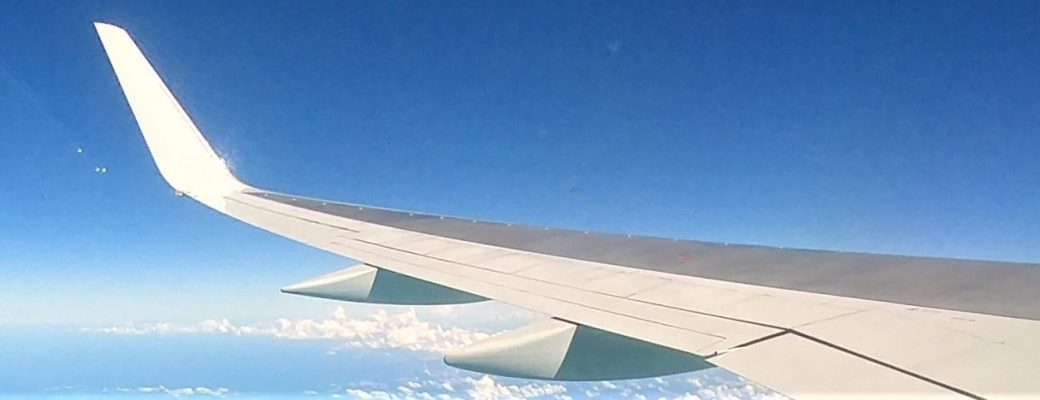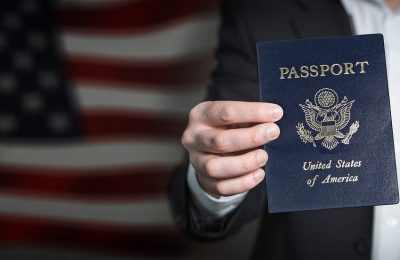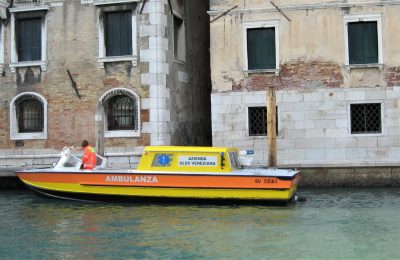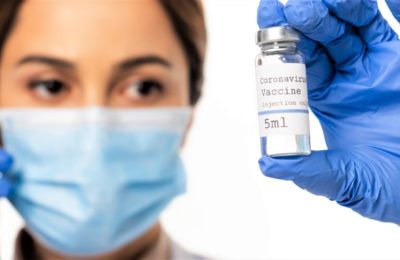Manage my passport? What's to manage, you may be thinking. Well, nowadays there are lots of…
Does Flying Actually Put You At Risk For COVID-19?
With all of the concern, discussion and questions about flying and how quickly we will be able to do so safely, I thought the following post by Gary Leff on his blog View from the Wing was both well-written and thought-provoking. Gary is one of the foremost experts in all things related to commercial flying.
I don’t agree with everything that Gary posits, but I appreciate the discussion. This is all about risk management. How much risk are you willing to accept for any activity you engage in? That includes driving, going to the store, having items delivered by Amazon, going for a run or bike ride and… flying.
What responsibility for our individual safety lies with us, the airlines and government agencies? What is the balance between risk acceptance and mitigation?
If I were 85 with asthma and diabetes, there’s no way I would consider traveling right now. But I’m 65 and have zero co-morbidities, so I am looking forward to traveling again soon.
– – – – – – – – – – – – – – – – – – – – – – – – – – – – – – – – –

With air travel down over 90% since the start of the pandemic you might expect that flying is a primary mechanism for transmitting the SARS-CoV-2 virus. It’s not. Despite passengers bringing the virus into the country on planes, and spreading it from one region to another via plane, that’s how people with the virus got around – not where infection clusters are known to have developed.
Professor Joseph Allen of Harvard studies exposure assessment science in the School of Public Health and has written on infectious disease mitigation on planes. He writes in the Washington Post “Airplanes don’t make you sick.”
On most planes everyone is facing the same direction. There’s a seat back between them. People are wearing masks which is imperfect but does help to limit spread.
Most planes have HEPA filters that match what’s recommended in hospitals where COVID-19 patients are being treated. Most virus particles are going to be filtered out. And air flow on board doesn’t travel throughout the entire passenger cabin. (One study contradicts this, suggesting that in 2003 22 SARS cases are thought to have come from a Boeing 737 flight from Hong Kong to Beijing..)
This doesn’t mean you will not catch COVID-19 on a plane. But it does make your chances much lower. I’d offer several caveats, however:
- Air filtration doesn’t help if the person beside you is shedding the virus, you’ll be exposed before the virus hits the filters.
- These filters haven’t been enough to protect many hospital workers from contracting the virus.
- You’re unlikely wearing as much personal protective equipment as doctors in hospitals should be. On the one hand there’s much greater risk intubating a sick patient than sitting near them, on the other hand your PPE probably isn’t as good. (I do have Chinese KN95 masks and South Korean KF94 masks, these respirator masks aren’t taking supplies away from medical professionals, however there are reports of poor quality counterfeits as well.)
- Not all planes have HEPA filtration, 50 seat regional jets and turboprops often will not.
Finally if you’re flying out of a coronavirus hot spot like New York (still) or even perhaps Chicago your chances of sitting near someone with an asymptomatic or pre-symptomatic case of the virus is heightened.
Nonetheless the point is well taken that actually flying on a plane isn’t riskless, but is probably much lower risk than you think – you probably need to actually get unlucky and sit right near someone, not just be on the plane with them. However being on a plane is likely less of a risk than many other indoor activities.
Flight attendants have contracted the virus, but it’s also not clear that the transmission is usually passenger-to-flight attendant. They may pick up COVID-19 from each other (it’s often harder to social distance from colleagues than passengers in this reduced-service environment) or during layovers.
Of course you’re not just dealing with the plane itself. You have to go to the airport. If you’re taking public transport or Uber, there’s exposure risk. You’re transiting through the airport as well. You’re going through the TSA checkpoint, which many times prior to the pandemic I’ve described as like coming face-to-face with the monkey from Outbreak.
Most of the changes Professor Allen recommends, unsurprisingly, deal with airports.
For starters, airports should mandate mask wearing; increase ventilation rates; make bathrooms touchless; consider deploying upper-room germicidal UV fixtures in areas with high-occupant density; institute temperature screening; deploy hand-sanitizer stations; and, once passengers arrive at their gates, require that they stay in their designated area except for bathroom usage.
Airlines should ensure gate-based ventilation is operating during boarding and disembarkation; carefully choreograph the loading of airplanes; mandate mask use; and provide meals and bottled water during boarding and discontinue in-flight meal and drink service.
Two months ago I wrote that it’s safer to travel than you think. I wasn’t telling you to travel, and older people with pre-existing conditions I think probably shouldn’t. However actual risk of travel differs greatly from the perceived risk.
Wash your hands. Don’t use public restrooms where you can avoid it (including the lavatory on board). And bring plenty of hand sanitizer, which TSA is permitting you to bring in larger than 3 ounce quantities. Wipe down your personal spaces, even knowing that airlines are doing this more than ever before. And wipe down your bags as well, and.. keep washing those hands.

As an avid traveler, Brian has explored and enjoyed cultural encounters in over 40 countries while spending many years refining The Points Game — using credit card sign-up bonuses and other tricks to get nearly free travel. Getting the most out of every trip is an art and Brian launched My Travel Traxx to help others enjoy the art of travel.





Comments (0)